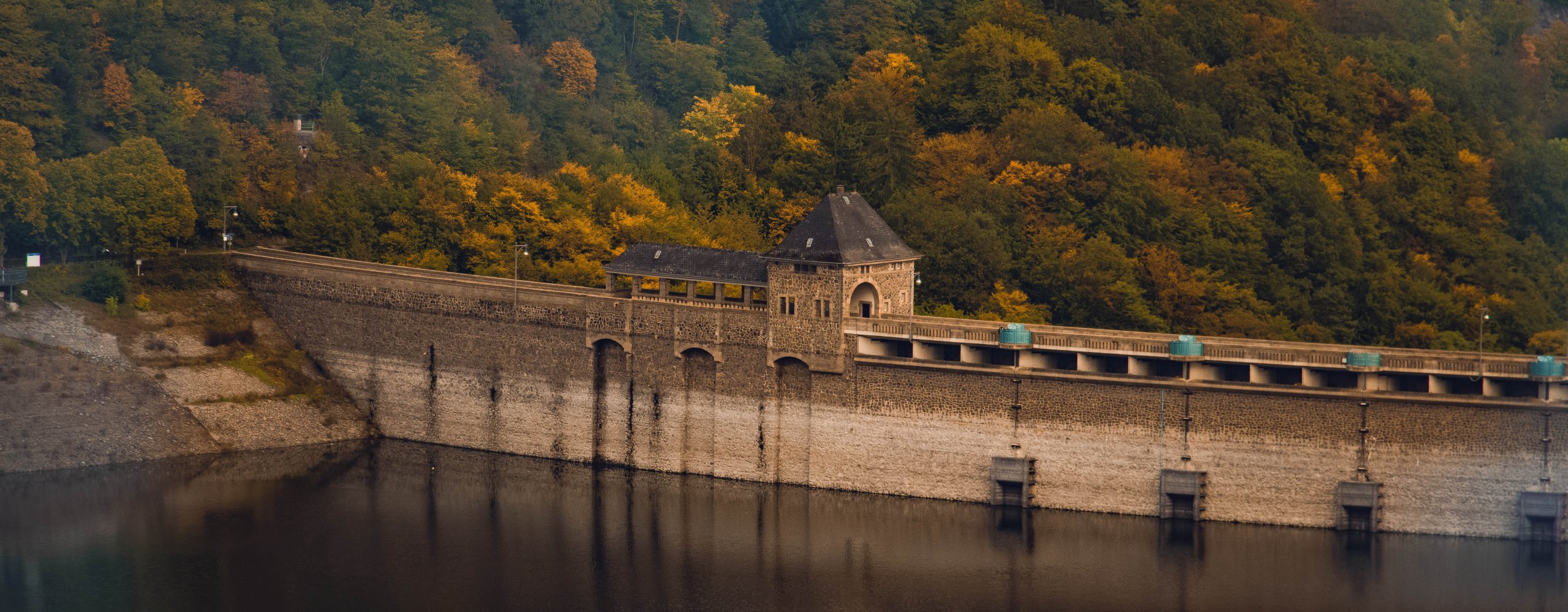
Geometry Model for the Follo Line Project (2016)
The Follo Line project is the largest railway project in Norway in modern times. The Follo Line is a high-speed railway partly in tunnel from the traffic hub at Ski to Oslo central station. The project comprise a 20 km long tunnel. The new railway is passing through central Oslo, beneath existing infrastructure which creates challenging conditions due to overlapping tunnels and multiple intersections.

Discrete modelling of lime kilns (2016)
KERNEOS Aluminate Technologies wishes to exploit the bauxite fines generated during the extraction, conditioning and transport of bulk bauxite, which are currently unused. To achieve this objective, the PARC project was built around 2 academics and 4 industrial companies, experts in their field.

Liquefaction Risk Mitigation using Jet Grouting Cells (2016)
Trevi Group has been involved in the design-build of a commercial building in Turkey in an area prone to liquefaction. The foundation of the building is located approximately 10 m below original grade, which still leaves about 10-12 m of potentially liquefiable sand underneath the bottom slab.

Regional-Scale Stress Model of the Stockholm Area (2016)
New metro lines are planned in Stockholm, comprising a total length of approximately 20 km with 10 new stations, mostly located underground. One of the new lines will pass under Saltsjön (a bay of the Baltic Sea) and through a major regional large-scale geological structure. The stress magnitudes and orientations around the structure are highly uncertain, and stress measurements are not practically possible near the structure. To quantify possible stress conditions near the structure, discontinuum threedimensional numerical modeling was conducted.

Definition and flow analysis of UFM model for the Forsmark site (2016)
The Forsmark site is studied in the context of the Swedish nuclear disposal project. One key step is defining, at the relevant depths ‐ from 200 to 400m ‐ a Discrete Fracture Network (DFN) model. The DFN modeling framework is based on simplified rules that mimic the kinematic processes governing fracture nucleation, growth and arrest (models are named UFM for likely Universal Fracture Model).

Discrete modelling of lime kilns (2016)
KERNEOS Aluminate Technologies wishes to exploit the bauxite fines generated during the extraction, conditioning and transport of bulk bauxite, which are currently unused. To achieve this objective, the PARC project was built around 2 academics and 4 industrial companies, experts in their field.

Back-Analysis of Initial Stress at Shallow Depth – A Case Study (2016)
At shallow depth, the initial stress state can significantly affect the behavior of the rock mass around excavations, but stress measurements are usually subjected to high levels of uncertainty. This was the case at the Odenplan railway station in Stockholm where unexpectedly large deformations were measured during the excavation.

Solution-Mining Modeling (2016)
A confidential mining client was interested in evaluating various potential future solution-mining scenarios using a numerical model in order to assess potential ore recovery, capital costs, and cavern lifetimes, as well as to overall optimize the proposed mine plan. Modeling of solution mining requires that the key processes controlling the mineral dissolution are modeled; however, there are numerous factors that complicate the details of the dissolution process that are impractical or impossible to account for in a model.

Fountain Slide – Slope Stabilization using Micropiles and Anchors (2016)
Fountain Slide has a long history of stability problems. The slope is bounded downhill by the Fraser River and uphill by a highway and a railway. This project stage focused on stabilization of a section of the railway that has suffered extensive damage to its retaining system.

Building a baked anode material with PFC (2016)
A baked anode is made of a complex material, obtained by mixing and baking different petrol coke grains, with different size distributions, with a pitch. Hydro PMT needs to study how cracks propagate in such a material – both within and between grains. Representing properly the non-spherical grain shapes, as well as the porosity, both between grains and within the coke grains, are therefore prerequisites.

Bench Stability Analysis at Björkdalsgruvan (2016)
The Björkdal mine ("Björkdalsgruvan"), located 28 km northwest of the town of Skellefteå, is a gold mine with the mineralization typified by Au-quartz veins located within a metamorphic package. The Björkdal mine is operating with both open pit- and underground mining. During spring 2016 the mine experienced local slope instability at one of the open pit walls. The concern was how it would affect safety for the mine workers and future mining, but also if it was safe to remove loose rock mass without endangering workers or interrupt any mining activities.

Ore Pass Design - A Modeling Study (2015)
The LKAB mining company is currently carrying out investigations for a potential continued mining at depth in the Malmberget mine. Part of this work involves design of ore passes. The ore passes are a vital part of the transportation chain, and has, historically, been subject to extensive instabilities leading to closing and re-development of ore passes.

Tunneling in Mixed Face Conditions (2015)
A research project on tunneling in mixed face conditions (rock-soil) was carried out with the aim to increase the knowledge and to better understand deformation mechanisms when these particular conditions arise. A back analysis of a case study involving the tunnel passage under the Maria Magdalena church was performed as a second task of the project, in which soil stratigraphy, rock/soil reinforcement, and extraction sequence were simulated explicitly and in detail.

Guidelines on Design of Rock Excavations (2015)
In 2009, the Swedish National Rail Administration presented a handbook with guidelines for the design of the load-bearing structure of rock tunnels. Following the merging of several transport administrations into The Swedish Transport Administration, an updated version of the handbook was required.

Hopper discharge and flow comparison against experiments (2015)
Evaluate the feasibility of using the distinct‐ element modeling to study the flow and segregation of frictional particles without cohesion.
Simulate an experimental test corresponding to the charge/discharge of a scale model batch hopper.
